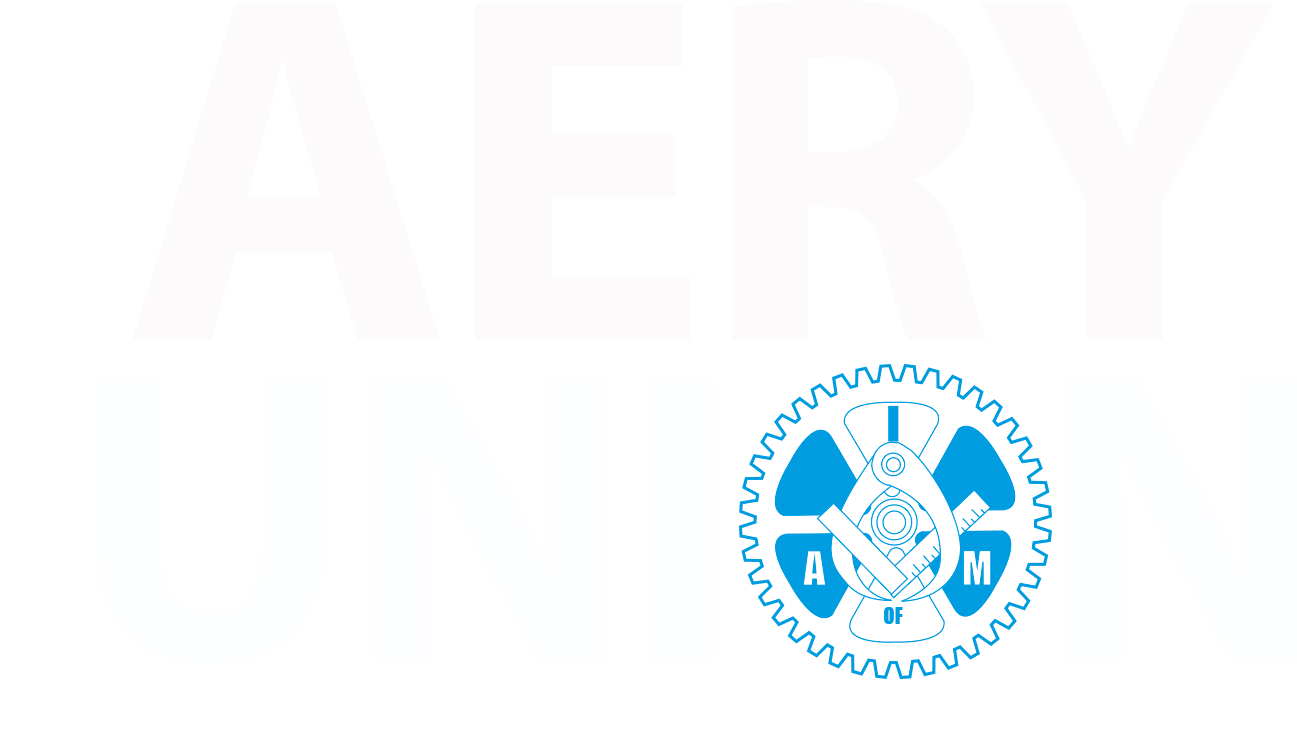
There are many benefits for IAM members working under the Service Contract Act (SCA):
Security: A union contract protects contractors jobs as well as prevents wages and benefits from being manipulated during contract bidding or when a new contractor takes over. IAM members are able to keep the same wages and comparable benefits for 12 months after a new contractor comes in. This period gives IAM members time to negotiate a union contract with the new company and secure fair wages and benefits for the future.
Wages: By organizing with IAM, defense contractors have the opportunity to join other SCA employees in securing better wages above the current wage determination. Wages can be passed through to the government without any impact on the current employer administering the contract. This is why IAM defense contractors have better wages than non-union contractors.
Benefits: In addition to wages, IAM members have the power to negotiate and improve workplace benefits, including shift premiums, sick and personal time, seniority, health care, and recall rights. IAM members have more power than non-union defense contractors.
Service Contract Act FAQ
Q: WHAT IS THE SERVICE CONTRACT ACT?
A: The Service Contract Act, formally known as the McNamara-O’Hara Service Contract Act of 1965, applies to every contract entered into by the U.S. government, whose principal purpose is to furnish services in excess of $2,500. The Act requires that contractors and subcontractors observe minimum wage, safety and health standards.
Q: HOW ARE WAGES DETERMINED UNDER THE SERVICE CONTRACT ACT?
A: For non-union workers, the U.S. Department of Labor determines minimum wages by doing periodic wage surveys in the locality in which the service contract employees work. Then, they issue a document called, “Wage Determination.” For union workers who engage in collective bargaining, the wages and benefits negotiated replace and serve as the minimum prevailing wage for that particular service contract.
Q: HOW ARE THE FRINGE BENEFITS DETERMINED UNDER THE SERVICE CONTRACT ACT?
A: For non-union workers, the same wage determination lists minimum fringe benefits. For union workers, the fringe benefits negotiated become the minimum fringe benefit for that particular service contract.
Q: WHAT HAPPENS WHEN A NEW SERVICE CONTRACTOR TAKES OVER THE SERVICE CONTRACT ON WHICH I AM WORKING?
A: For non-union workers, the new service contractor, who has won the bid away from the current service contractor, only has to pay the minimum rates established by the Department of Labor’s wage determination. They can work with less people, for less hours, and lower classifications. For union workers, section 4c of the Service Contract Act, provides that no contractor who succeeds a previous contractor, will pay any service employee under such contract less than the wages and fringe benefits, (including accrued wages and fringe benefits) provided for in the collective bargaining agreement. Many times, when a service contract is being re-bid, the competing contractors will contact the union representative and attempt to reach an agreement on the conversion and indicate so in their bid, insuring that labor peace prevails.
Service Contract Act, of 1965
Section 4 (c) “No contractor or subcontractor under a contract, which succeeds a contract subject to this Act and under which substantially the same services are furnished, shall pay any service employee under such contract less than the. wages and fringe benefits, including accrued wages and fringe benefits, and any prospective increases in wages and fringe benefits provided for in a collective-bargaining agreement as a result of arm’s-length negotiations, to which such service employees would have been entitled if they were employed under the predecessor contract: Provided, That in any of the foregoing circumstances such obligations shall not apply if the Secretary finds after a hearing in accordance with regulations adopted by the Secretary that such wages and fringe benefits are substantially at variance with those which prevail for services of a character similar in the locality.” (https://www.dol.gov/whd/regs/statutes/serv01.pdf)
WHICH SERVICE CONTRACT EMPLOYERS DOES THE IAM REPRESENT?
The IAM represents air traffic controllers, groundskeepers, computer programmers, aircraft mechanics, and truck drivers. IAM members provide logistical support and fueling for the VIP Fleet at Andrews, AFB including Air Force One. Our members work in federal buildings, veterans hospitals, national forests, FAA facilities, and military installations – just to name a few. Current employers with SCA contracts that the IAM represents workers at includes:
- Boeing
- Lockheed Martin
- PAE Aviation
- SCRA
- Y Tech Services
- CYMSTAR Services
- Defense Support Services
- Dyncorp
- Flight Safety Services
- L3
- M1 Support Services
